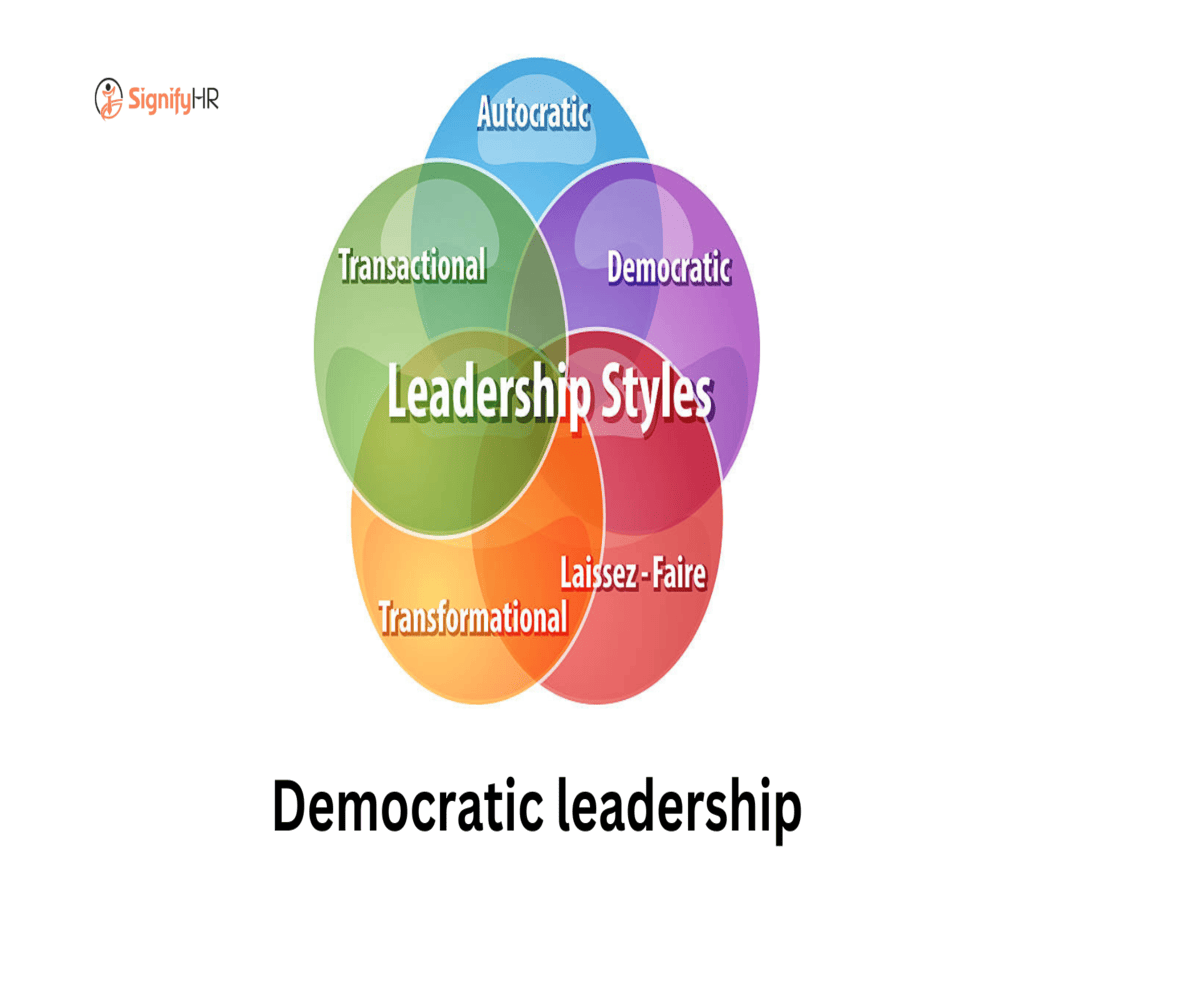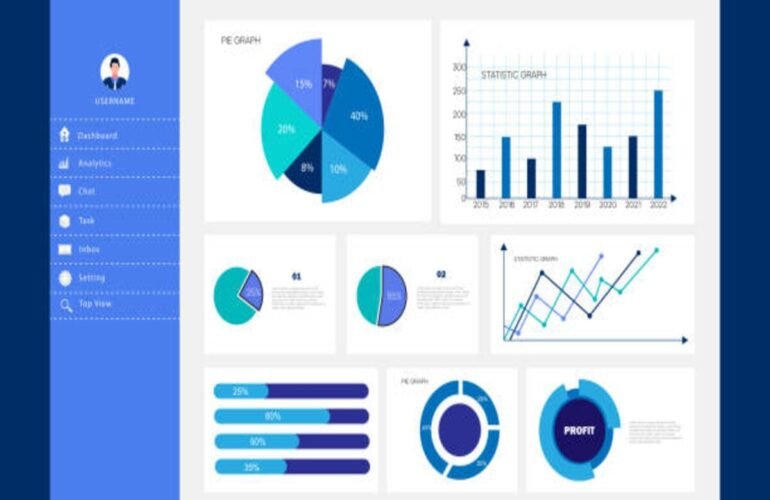Introduction- Democratic leadership
Democratic leadership, also known as participative leadership, is a management style where leaders encourage group participation in decision-making. Unlike autocratic leadership, where decisions are made by a single authority, democratic leadership fosters collaboration, creativity, and inclusivity. It is widely used in modern business environments, educational institutions, and government organizations to enhance team engagement and productivity.
Key Learning Objectives
- Understand the principles and characteristics of democratic leadership.
- Explore the advantages and challenges of this leadership style.
- Analyze real-world examples of democratic leaders and their impact.
- Learn how to implement democratic leadership in business settings.
- Compare democratic leadership with other leadership styles.
1. Characteristics of Democratic Leadership
a. Group Participation in Decision-Making
- Leaders encourage input and feedback from team members.
- Decisions are made collaboratively to ensure inclusivity.
b. Open Communication and Transparency
- Employees have access to information that affects their roles.
- Leaders openly discuss company goals and challenges.
c. Employee Empowerment and Autonomy
- Workers are given more control over their tasks.
- Encourages innovation, creativity, and independent thinking.
d. Focus on Teamwork and Collaboration
- Teams work together to solve problems and improve processes.
- Leaders act as facilitators rather than sole decision-makers.
Diagram: Structure of Democratic Leadership
Leader (Facilitator)
|
-----------------------
| | | |
Team A Team B Team C Team D2. Advantages
a. Higher Employee Engagement and Satisfaction
- Employees feel valued and motivated.
- Leads to better morale and lower turnover rates.
b. Encourages Creativity and Innovation
- Diverse perspectives lead to more innovative solutions.
- Employees are encouraged to think outside the box.
c. Improves Problem-Solving and Decision-Making
- Collaboration leads to well-rounded, effective decisions.
- Helps prevent hasty, one-sided decision-making.
d. Builds Stronger Team Relationships
- Encourages trust and mutual respect among team members.
- Improves workplace culture and team cooperation.
Diagram: Benefits of Democratic Leadership
+ Higher Engagement + Creativity & Innovation
+ Better Decision-Making + Stronger Teamwork3. Challenges of Democratic Leadership
a. Time-Consuming Decision-Making
- Group discussions can slow down the decision-making process.
- Not suitable for urgent or crisis situations.
b. Potential for Conflicts and Disagreements
- Differing opinions may lead to conflicts.
- Leaders must manage discussions effectively to maintain harmony.
c. Requires Skilled Leaders
- Leaders must be good at communication, conflict resolution, and facilitation.
- Poor leadership can result in indecision and lack of direction.
d. Not Always Effective in Certain Industries
- Some sectors, like the military and emergency services, require fast decision-making.
- May not be suitable for highly structured organizations.
4. Real-World Examples
a. Sundar Pichai (Google CEO)
- Encourages open communication and employee input.
- Fosters an innovation-driven workplace.
b. Barack Obama (Former U.S. President)
- Led with a collaborative approach.
- Encouraged input from advisors and citizens.
c. Richard Branson (Founder of Virgin Group)
- Believes in empowering employees.
- Uses a participative leadership style for business success.
5. Implementing Democratic Leadership in Business
a. Encourage Open Communication
- Create an environment where employees feel comfortable sharing ideas.
- Use open-door policies and feedback sessions.
b. Involve Employees in Decision-Making
- Hold brainstorming sessions and team discussions.
- Allow employees to vote or provide input on major decisions.
c. Foster a Culture of Trust and Collaboration
- Build strong relationships among team members.
- Recognize and reward contributions from employees.
d. Balance Authority with Flexibility
- While encouraging participation, ensure final decisions align with company goals.
- Maintain a balance between guidance and freedom.
Diagram: Steps to Implement Democratic Leadership
1. Open Communication → 2. Team Collaboration → 3. Employee Involvement → 4. Decision Implementation6. Comparison with Other Leadership Styles
| Leadership Style | Decision-Making | Employee Involvement | Best Used In |
|---|---|---|---|
| Democratic | Shared | High | Innovation-driven teams, Education, Business Leadership |
| Autocratic | Centralized | Low | Crisis Situations, Military, High-Risk Industries |
| Laissez-Faire | Decentralized | Very High | Creative Industries, R&D, Startups |
Conclusion
Democratic leadership is a powerful management approach that fosters collaboration, creativity, and employee engagement. While it has some challenges, such as time-consuming decision-making, it remains an effective strategy for organizations that value teamwork and innovation.
For more expert insights on management principles, leadership strategies, and career development, explore SignifyHR’s learning resources today !
Lead with inclusivity, encourage innovation, and build successful teams with democratic leadership !




